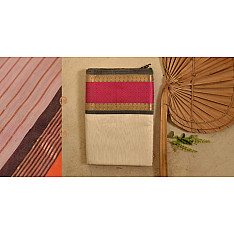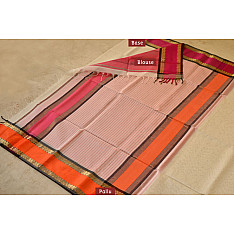Jingles & Carrolls ~ Kutch Metal Hanging Bell - Bells In Heart
- Availability: 4
- Made & Mkt by: Gaatha
- Product Code: 4094-MBN24-09
- Weight: 600.00g
- Dimensions: 30.00cm x 30.00cm x 25.00cm
Rs.380
Hailing from the Banni Grasslands of Kutch these bells will soon fill nature’s music in your living spaces. Handcrafted by artisans of Kutch to ornament their ruminants, the beautiful sound and their earthy presence will remind you of being close to our villages and our roots.
The typical dispatch time is 2-3 days; however, in special cases, it may take longer. Please refer to the product details section for specific timelines. Once dispatched, we will share the tracking details with you.
For returns, you can file a request within 24 hours of receiving the product. If the package is damaged, please make a video while unboxing and share images of the damaged item along with your return request.
9328006304 ( WhatsApp )
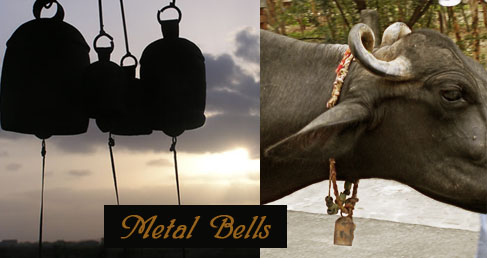
“Godhuli”… long shadows of dusk, a cloud of dust covering the orange horizon and the sounds of tinkering bells, announcing that the cattle is returning home.
Our villages have always had a strong relationship with animals, be it for farming or cattle raising. There are festivals especially for animals, such as Govardhan Puja, or Camel races, cattle fairs, special decoration for cattle as well as some crafts which are made just for the purpose of decorating or identifying cattle, such as embroidered decorations for camels, foot jewellery and tattoos. One such craft which originated with cattle rearing is the craft of metal bells, or “Ghantadi”, as known locally in Kutchh, Gujarat (India).
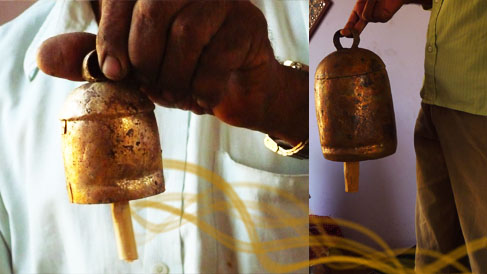
The craft is believed to be over a thousand years old, originated in Sindh, (currently in Pakistan). These bells were used to identify cattle. They were tied around the cattle’s neck so the owner would know of their whereabouts.
The makers of these bells are from the Lohar caste in Kutch and according to some of them, their families have been making bells for as far back as they can trace their ancestry.
There are thirteen sizes of bells and they are customized for different animals. A goat would have a small bell with a high pitched sound, while a cow would have a larger one with a deeper note. Even in the same size, the bells are customized with different sounds, or notes, to differentiate between cattle belonging to different owners. In each size, upto five or six different notes can be made.
The bell is made of iron and coated primarily with copper, along with a few other metals. They are made from scrap iron sheets which are repeatedly beaten to join together and to give them the required shape. The metal parts are neatly joined by expert hands by a locking system without any kind of welding.
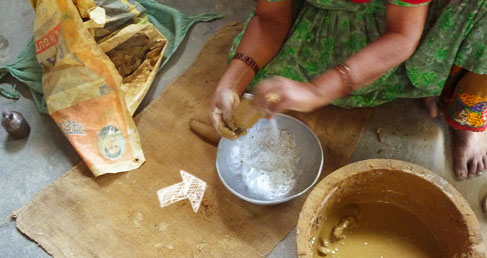
Then they are coated with powdered copper with the help of mud paste and then heated in a furnace to fix the powdered copper on the surface of the bells. Once cooled and ready, a wooden piece is attached to the centre of the bell for that characteristic sound which is beautifully sonorous. Denting of the bell to get the perfect pitch is also done by hand, by repeated beating with a hammer. It takes a lot of expertise and very careful and sensitive use of sound as well as touch.
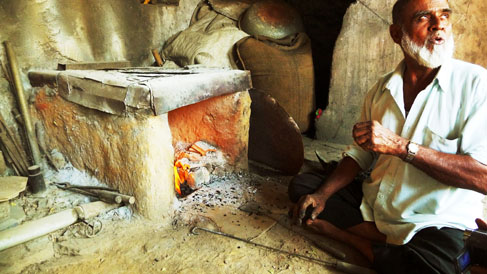
Bell making in Kutch is a wonderfully sustainable craft as the raw material is metal scrap which is purchased from junk yards and the only use of energy is in the furnace for preparing them. Even the waste generated is miniscule, comprising of small metal scrap and burnt mud.
Nowadays, this craft is gaining popularity as decorative items not just because they have a beautiful sound, but also because those sounds remind us of being close to the earth, the villages and our roots.
| Craftsmen | |
| Made by | Lohar Salim & Lohar Husan Siddiqui |
| Village | Nirona, Gujarat |
| Material | |
| Made of | Scrap Iron with copper coating |
| Instruction | |
| About Sizes | 28x9x3 cms. |
| Note | ♦ Imperfections and variations in the product cannot be termed as defects, as these are intrinsic to the handmade process. ♦ These might slightly differ from as seen on digital screen. |
Tags:
Metal Bell
, Kutch Hanging Bells
, Wall Hanging bell
, Gift a bell
, wind chimes
, Metal Hanging Bells
Think of Gujarat and vibrant images flash across the mind… the exhilarating Garba, decorated camels in the great Rann and everyone clothed in col..
Rs.1,000
Think of Gujarat and vibrant images flash across the mind… the exhilarating Garba, decorated camels in the great Rann and everyone clothed in col..
Rs.1,000
Think of Gujarat and vibrant images flash across the mind… the exhilarating Garba, decorated camels in the great Rann and everyone clothed in col..
Rs.1,000
Think of Gujarat and vibrant images flash across the mind… the exhilarating Garba, decorated camels in the great Rann and everyone clothed in col..
Rs.1,000
Think of Gujarat and vibrant images flash across the mind… the exhilarating Garba, decorated camels in the great Rann and everyone clothed in col..
Rs.1,000
Think of Gujarat and vibrant images flash across the mind… the exhilarating Garba, decorated camels in the great Rann and everyone clothed in col..
Rs.1,000
The future belongs to those who believe in the beauty of their dreams. -Eleanor RooseveltGoing against tradition, a man decided to create his own dest..
Rs.11,500
Long time ago, there was a king of Sindh, who like any other king, was fond of royal luxuries and used to sleep on a new bedspread everyday. One day, ..
Rs.4,400
Green landscapes, enormous domes touching the skyline, traces of a royal legacy... fascinating street markets are a sight to behold. Andhra Pradesh is..
Rs.2,680
Some wandering rays of an aimless light, Carelessly slipped into my loom the previous night… Their whimsical sparks got woven away, Within the mortal ..
Rs.24,980
Bhagalpur, is one of the oldest towns of Bihar, references to which can be found in Indian epics like Mahabharata and Ramayana, as the kingdom of ‘Ang..
Rs.5,400
A synesthetic expression…where songs and words dance on canvas, colours and patterns make musical harmonies…The Gond tribal painting is an experience ..
Rs.6,989
Spring tickles my feet as love soaks this air,Is it a new reason to live, or just this excuse of the fair.I can wait to look my best, as I embrace the..
Rs.3,600
Use Me Nothing Should Go Waste - Women on WingsOur belief in sustainability goes beyond products. We work with women who are in need to become em..
Rs.700
Gathering commences in the middle of deserted pavilions where velvet carpets adorn the Dessert lands & Manganiyars play folk music as a bugle for ..
Rs.512 Rs.1,025
Gathering commences in the middle of deserted pavilions where velvet carpets adorn the Dessert lands & Manganiyars play folk music as a bugle for ..
Rs.512 Rs.1,025
Gathering commences in the middle of deserted pavilions where velvet carpets adorn the Dessert lands & Manganiyars play folk music as a bugle for ..
Rs.512 Rs.1,025
Gathering commences in the middle of deserted pavilions where velvet carpets adorn the Dessert lands & Manganiyars play folk music as a bugle for ..
Rs.512 Rs.1,025
A familiar chatter swells in the air as feet chase the trail of a carelessly flying odhani in the by-lanes of Bhuj, spilling colors all over. While&nb..
Rs.3,070 Rs.3,412
A familiar chatter swells in the air as feet chase the trail of a carelessly flying odhani in the by-lanes of Bhuj, spilling colors all over. While&nb..
Rs.9,310 Rs.10,345
A familiar chatter swells in the air as feet chase the trail of a carelessly flying odhani in the by-lanes of Bhuj, spilling colors all over. While&nb..
Rs.3,460 Rs.3,845










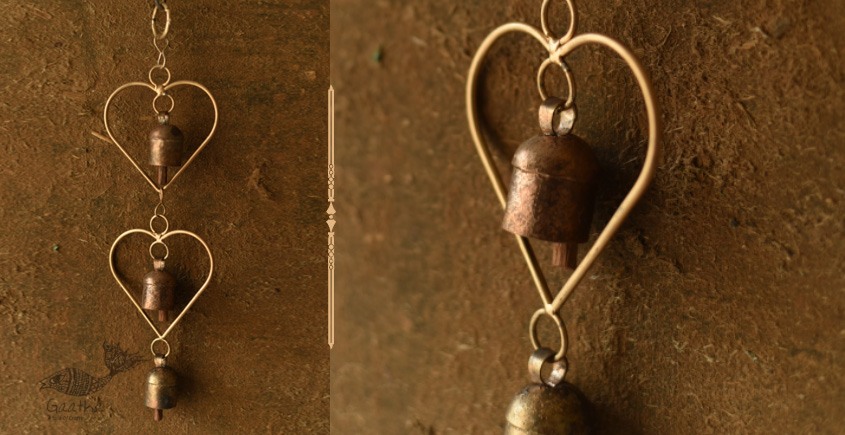
.jpg)
.jpg)
.jpg)
.jpg)

-80x80h.jpg)
-80x80h.jpg)
-80x80h.jpg)
-80x80h.jpg)

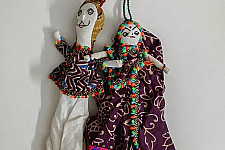
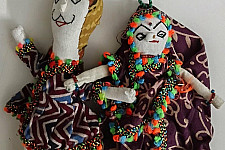
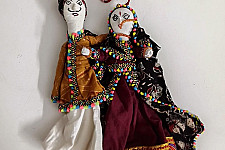
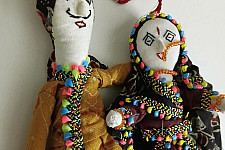
-225x150w.jpg)
-225x150w.jpg)
-225x150w.jpg)
-225x150w.jpg)
-225x150w.jpg)
-225x150w.jpg)
-225x150w.jpg)
-225x150w.jpg)
-225x150w.jpg)
-225x150w.jpg)
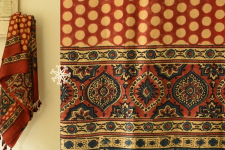
-225x150h.jpg)
-225x150w.jpg)
-225x150w.jpg)
-225x150w.jpg)
-225x150w.jpg)
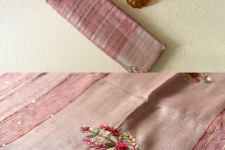
-225x150w.jpg)
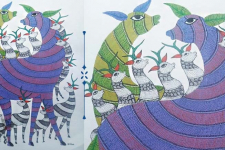
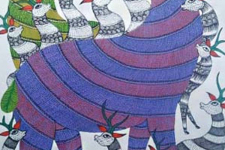
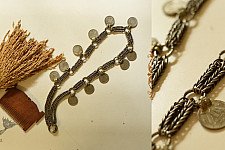
-225x150h.jpg)
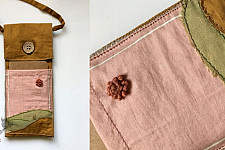
-225x150w.jpg)









-225x150w.jpg)

-225x150w.jpg)

-225x150w.jpg)
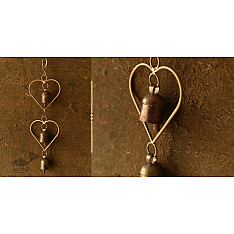
-234x234h.jpg)
-234x234.jpg)
-234x234.jpg)
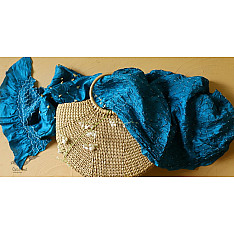
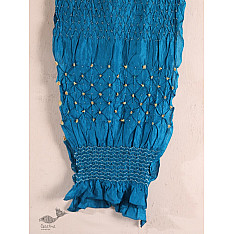
-234x234.jpg)
-234x234.jpg)
